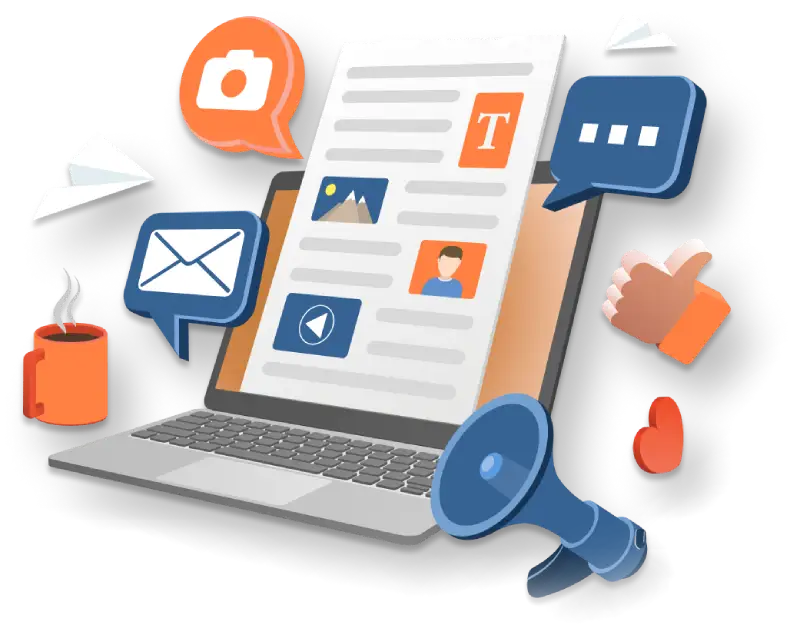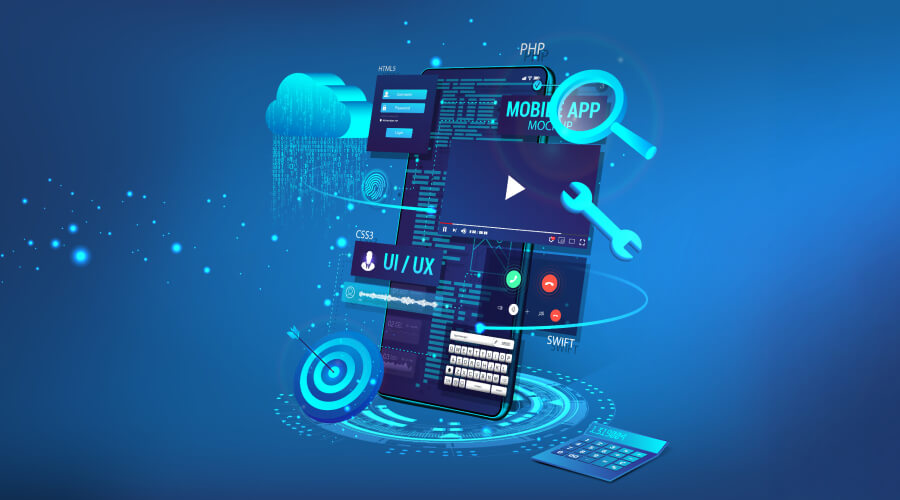Did you know that the majority of startups fail? According to Failory, this is about 90% of all startups. Recent analyses trace that figure across multiple datasets and post-mortems. Many teams think shipping every feature at once will guarantee success. But the truth is that feature-rich launches are costly. They take longer.
Startups often miss what users actually want. This becomes crucial. A study done by CB Insights shows that 38% startups fail since they fail to generate new capital.
If you want to avoid that, take the smarter path. It’s called the Minimum Viable Product, or MVP. An MVP lets teams validate an idea quickly, cut initial costs, and shape the product around real user needs.
The Feature Trap: When “More” Becomes “Less”
Adding features feels safe. It looks like progress. But it hides risk. Too many features dilute focus. They stretch timelines and budgets. This makes the app harder to use.
The Psychology Behind Feature Trap
Understanding why teams overbuild helps stop the problem. Business owners assume more features mean more value. They equate feature count with competitiveness. Then there is the fear of launching something “incomplete”. Stakeholders don’t want to be judged for a lean first release. So they over-develop.
Moreover, almost all the industries are too crowded. This adds competitive pressure. Every single one out there wants to match their competitor’s features. This leads to teams copying features instead of testing if those features actually matter.
Let’s not forget about the feedback from internal stakeholders. They continuously want to add essential features. Requests keep piling up from sales, marketing, and executives. As a result, the scope expands.
The Hidden Costs of Feature Overload
Costs rise in obvious and subtle ways. With additional features, development time increases exponentially. Each new screen, flow, or integration adds days or weeks. Budget overruns become inevitable. A mid-complexity app can balloon from five figures to well into six figures as scope expands.
However, as resources are spread thin, the quality suffers. Less time for testing means more bugs. User experience becomes cluttered and confusing. Maintenance and bug-fixing costs multiply with complexity. In such a situation, every feature is another source of defects and updates.
Real-World Consequences
The practical fallout is serious. Slow launches miss trends and windows. It allows competitors to gain a first-mover advantage. Users also get overwhelmed by too many options. Instead of delight, users feel lost.
When everything ships at once, nothing tests cleanly. A complex app means more failure points. There is a higher probability of technical issues and crashes. This also makes it difficult to identify which features users actually value.
The MVP Philosophy: Launch Smart, Not Perfect
What is a Minimum Viable Product?
A minimum viable product is the simplest version of your app that solves the core problem for target users. It focuses on one primary user need or pain point. This app only includes the essential features that deliver core value. No bells. No extras.
An MVP is not “cheap”. It’s strategic. It delivers the core value with minimal scope. Small scope doesn’t mean sloppy work. It means focused polish.
The Build-Measure-Learn Cycle
MVP is iterative by design. This means it evolves through the cycle. The build-measure-learn cycle is at the heart of the lean startup approach. You move through the steps repeatedly, improving your product with every round. The steps, in this case, are-
- Build – Create the simplest version that addresses the main problem.
- Measure – Collect real usage data and qualitative feedback.
- Learn – Analyze what users do and say.
- Iterate – Add or change features based on evidence, not assumptions.
MVP Success Stories
Don’t let the idea of a simple app let you discard the MVP philosophy. A lot of big names have used it too. Some examples are –
- Dropbox – Started with a basic demo to validate demand, then built features.
- Instagram – Launched as a focused photo app and added features later based on usage.
- Airbnb – Began with simple listings and expanded once hosts and guests proved the model.
Strategic Benefits of the MVP Approach
MVPs give advantages beyond speed. They cut risk, contain cost, and center users. Here are some of the strategic benefits of the MVP approach.
Risk Reduction
Risk shrinks when you test early. When you fund only the core features first, the financial investment is also not too high. This means there are fewer features to work on. In turn, the app hits the market faster as well, making you reach users sooner. Early user validation also prevents building unwanted features. You can easily pivot if the core concept doesn’t resonate.
Cost Management
MVPs let you direct spend where it matters. Development costs are significantly lower for an MVP vs. a full-featured app. Maintenance costs remain manageable with fewer features, too.
Less code means fewer bugs and updates. The marketing budget can also focus on the core value proposition. Resources can be allocated based on proven user demand.
User-Centric Development
MVP forces user focus. Real user feedback guides feature prioritization. You also get higher user satisfaction as features address actual needs. With focused functionality, the user onboarding is better, too.
How to Identify Your MVP Features
Not every feature belongs in an MVP. How will you identify? Use a clear prioritization system. A simple RICE or MoSCoW approach can do the job. Here’s how,
- Should-Have – These include features that are important but not critical for initial launch. Schedule these for the next release.
- Could-Have – These are the nice-to-have features for future versions. Add later if users request them.
- Won’t-Have – These features are to be explicitly excluded from MVP. Document them and move on.
Must-Have – These are the features essential for core functionality. These provide the minimum experience.
Start Smart: Build Your Mobile App the MVP Way
The MVP approach raises the odds of building something users want. It reduces risk, speeds market entry, and forces user focus. Successful apps grow through iteration, not initial feature completeness. User feedback saves money, and let teams learn before they spend heavily.
If you want to launch smart and learn quickly, an MVP is the pragmatic route. At Knovial, we build focused, user-first products across industries. We emphasize strong UI/UX, secure architecture, and measurable outcomes — all essentials for an effective MVP. Our mobile app development services include strategic planning, custom solutions, QA, and post-launch support — the exact skills an MVP needs to succeed.
With professional business application development services, build an app that rises the charts speedily. Let us help you launch smart, gather real user insights, and build an app that truly delivers value to your customers. Contact us at info@knovial.com once you are ready to take the next step.







